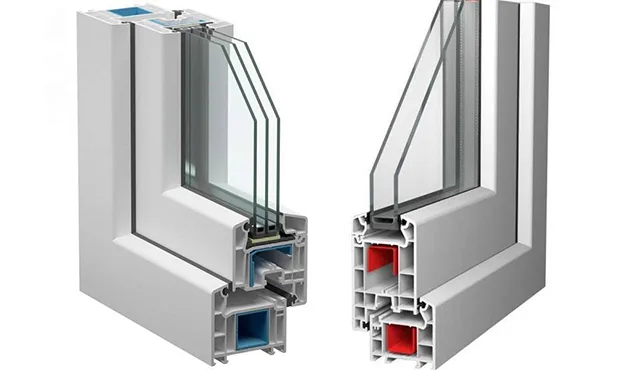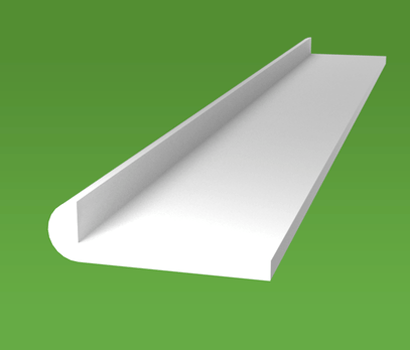Recognizing the Basics and Applications of Plastic Extrusion in Modern Manufacturing
In the realm of contemporary production, the technique of plastic extrusion plays a critical function. Deciphering the basics of this process exposes the true flexibility and potential of plastic extrusion.
The Principles of Plastic Extrusion Process
While it may show up facility, the basics of the plastic extrusion procedure are based upon fairly uncomplicated concepts. It is a production process in which plastic is thawed and afterwards shaped into a constant profile through a die. The raw plastic material, usually in the form of pellets, is fed into an extruder. Inside the extruder, the plastic undergoes warmth and pressure, causing it to melt. The molten plastic is after that forced via a shaped opening, referred to as a die, to develop a long, continual product. The extruded item is cooled and then reduced to the desired length. The plastic extrusion process is extensively utilized in different markets as a result of its performance, cost-effectiveness, and flexibility.
Various Types of Plastic Extrusion Techniques
Structure upon the standard understanding of the plastic extrusion procedure, it is essential to explore the different strategies involved in this production technique. Both key strategies are profile extrusion and sheet extrusion. In account extrusion, plastic is thawed and created into a constant account, commonly utilized to create pipes, poles, rails, and home window structures. In contrast, sheet extrusion develops huge, flat sheets of plastic, which are generally more refined into products such as food product packaging, shower curtains, and car components. Each technique needs specialized machinery and specific control over temperature level and stress to make sure the plastic keeps its form throughout air conditioning. Understanding these techniques is vital to using plastic extrusion efficiently in modern-day production.

The Role of Plastic Extrusion in the Automotive Sector
An overwhelming majority of parts in contemporary vehicles are products of the plastic extrusion procedure. This process has actually changed the automotive market, transforming it right into a much more reliable, cost-effective, and adaptable production market. Plastic extrusion is primarily used in the manufacturing of different auto parts such as bumpers, grills, door panels, and control panel trim. The process provides an attire, consistent outcome, enabling producers to create high-volume parts with excellent precision and very little waste. The lightness of the extruded plastic parts adds to the general decrease in lorry weight, boosting gas performance. The longevity and resistance of these parts to heat, cold, and effect boost the long life of cars. Therefore, plastic extrusion plays a crucial function in automobile manufacturing.

Applications of Plastic Extrusion in Customer Product Production
Beyond its substantial impact on the vehicle market, plastic extrusion shows equally effective in the world of customer products manufacturing. This procedure is essential in developing a vast selection of items, from food product packaging to household appliances, playthings, and even medical devices. The versatility of plastic extrusion allows makers to make and create complex her response shapes and dimensions with high accuracy and efficiency. Furthermore, as a result of the recyclability of numerous plastics, extruded components can be reprocessed, minimizing waste and cost. The adaptability, adaptability, and cost-effectiveness of plastic extrusion make it a favored option for lots of durable goods manufacturers, adding significantly to the sector's development and advancement. However, the environmental effects of this prevalent usage call for mindful consideration, a subject to be reviewed better in the succeeding section.
Environmental Impact and Sustainability in Plastic Extrusion
The prevalent use of plastic extrusion in producing invites scrutiny of its ecological ramifications. Efficient equipment lowers power use, while click for source waste management systems reuse scrap plastic, lowering raw product needs. In spite of these enhancements, additionally technology is needed to mitigate the environmental impact of plastic extrusion.
Conclusion
In verdict, plastic extrusion plays an important duty in modern-day manufacturing, particularly in the vehicle and customer products markets. Its adaptability enables the production of a wide variety of parts with you could check here high precision. Moreover, its possibility for reusing and advancement of naturally degradable materials offers an appealing opportunity towards sustainable techniques, thereby resolving environmental worries. Recognizing the fundamentals of this process is key to maximizing its benefits and applications.

The plastic extrusion process is thoroughly made use of in different markets due to its cost-effectiveness, effectiveness, and adaptability.
Structure upon the standard understanding of the plastic extrusion procedure, it is essential to explore the various methods involved in this manufacturing technique. plastic extrusion. In contrast, sheet extrusion produces big, level sheets of plastic, which are usually further refined right into products such as food packaging, shower drapes, and car parts.A frustrating majority of parts in modern-day automobiles are items of the plastic extrusion procedure